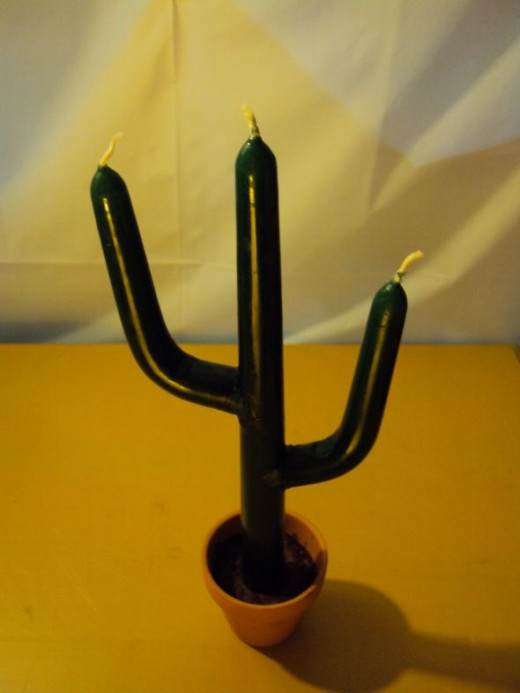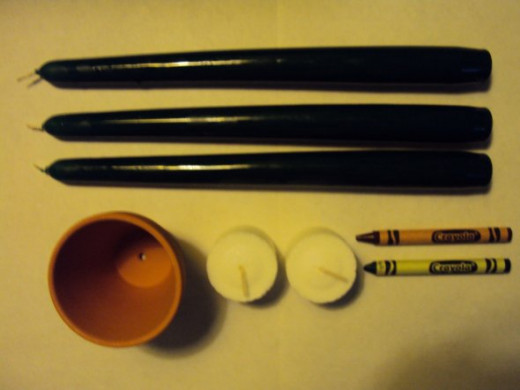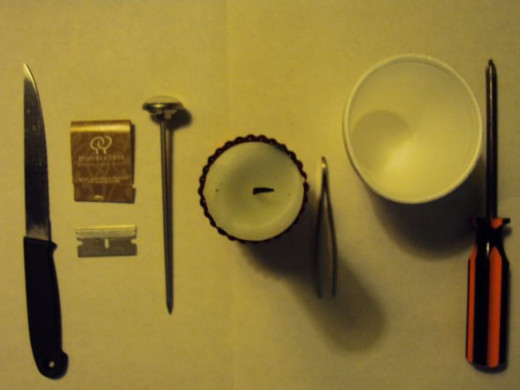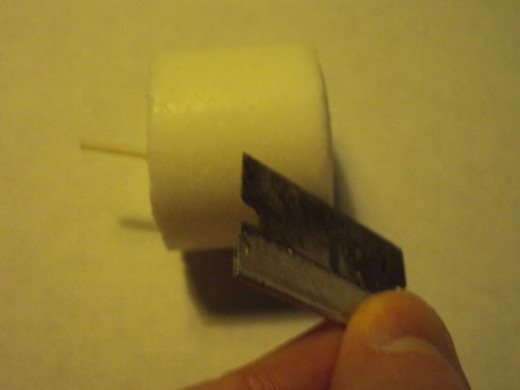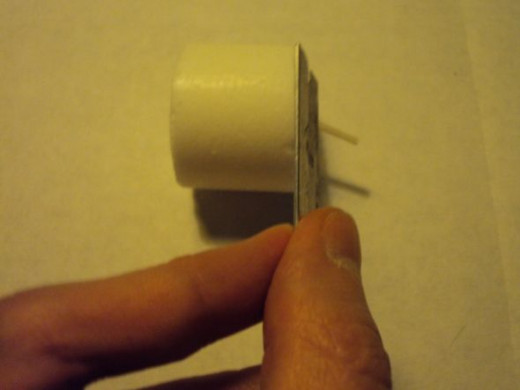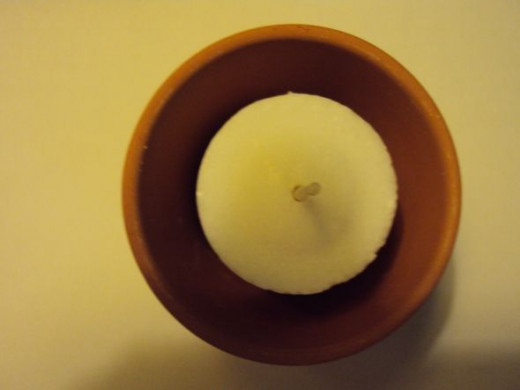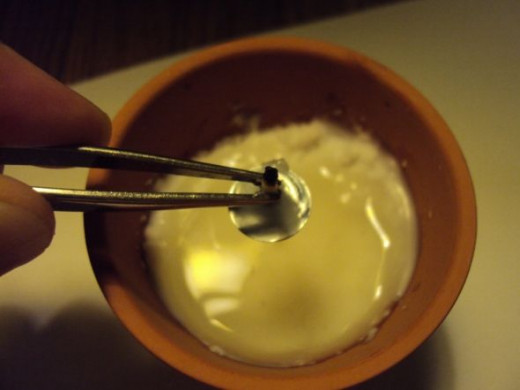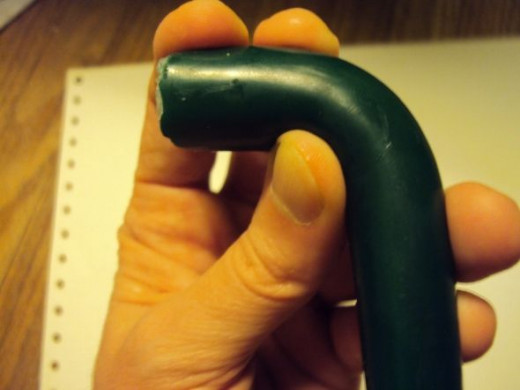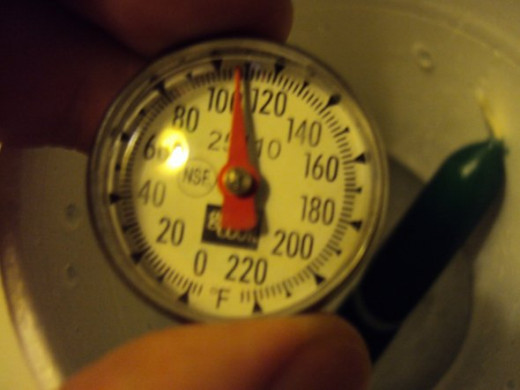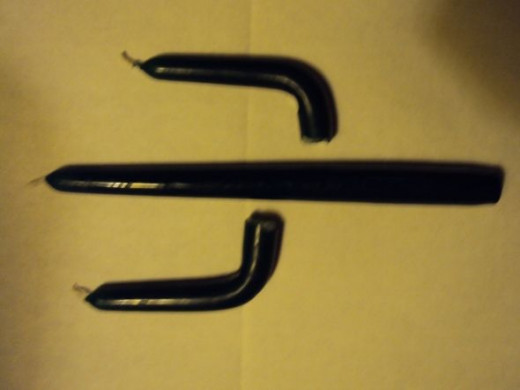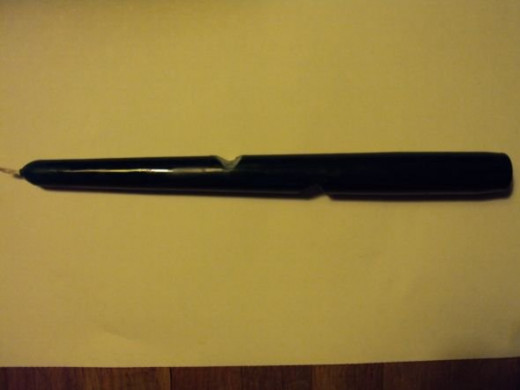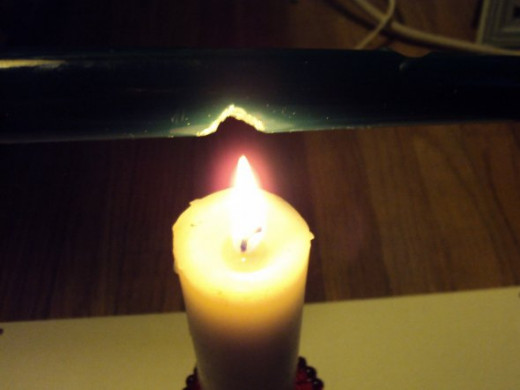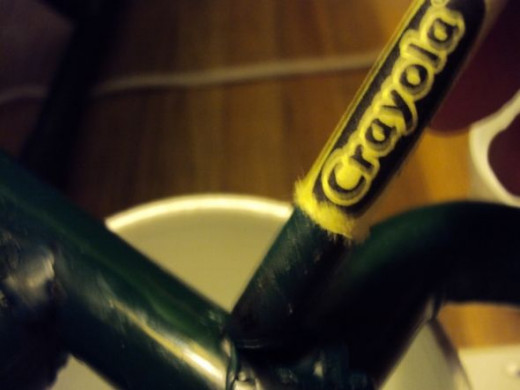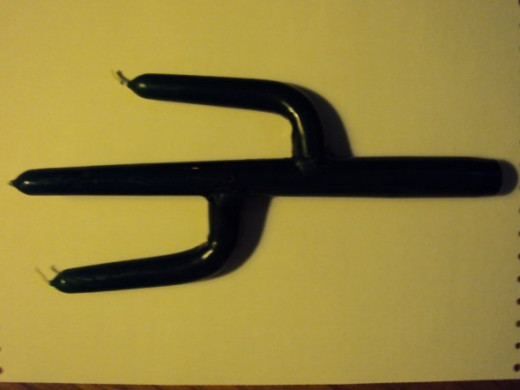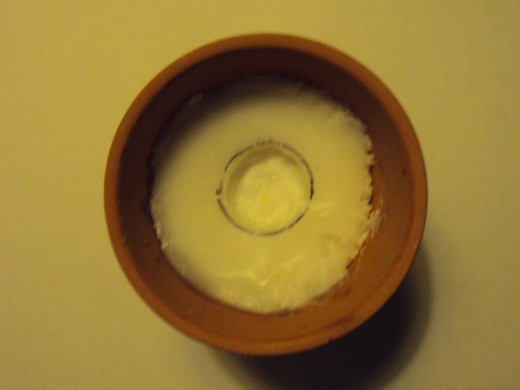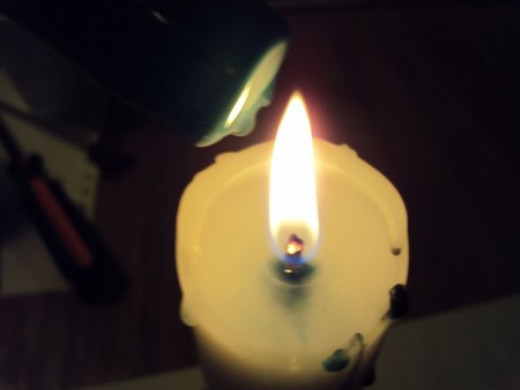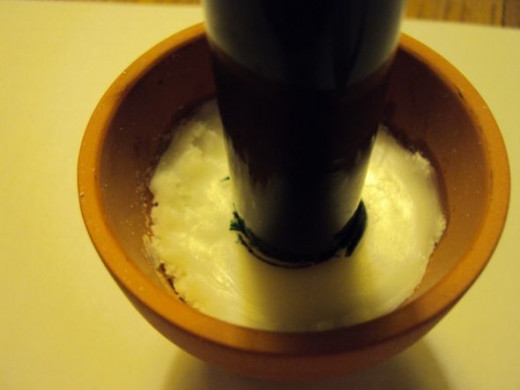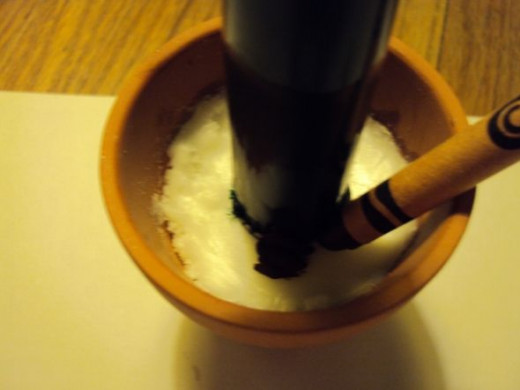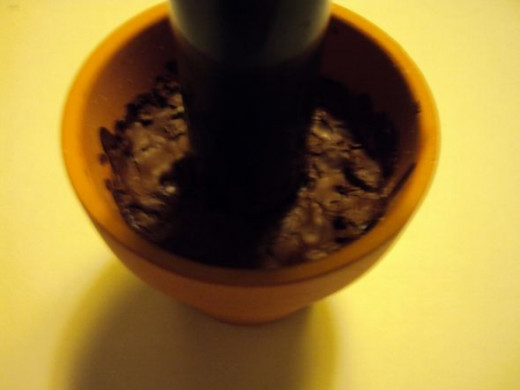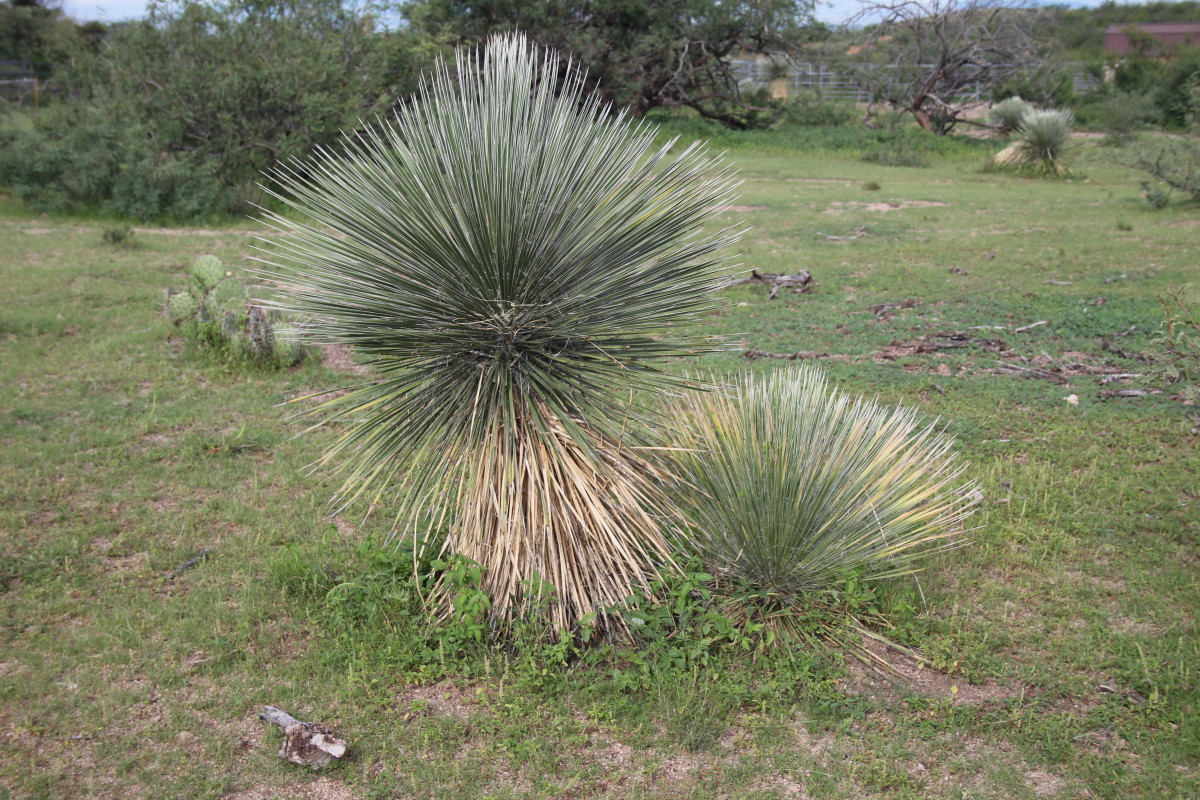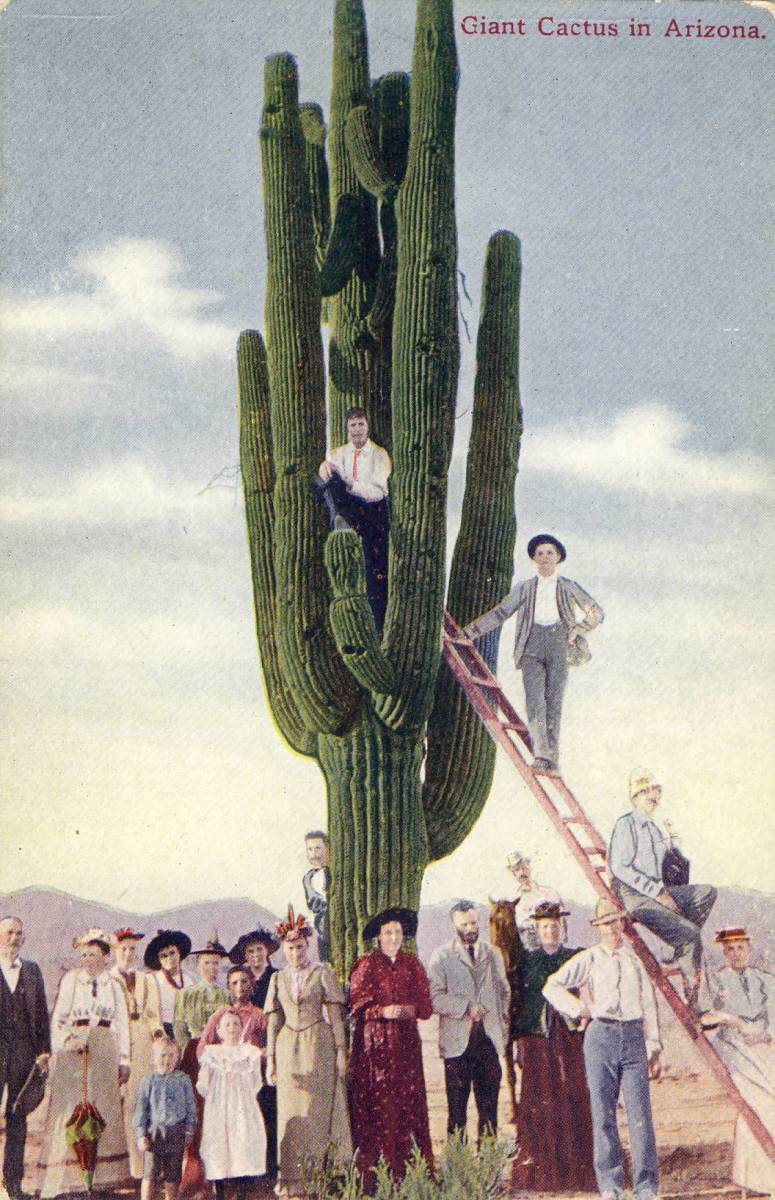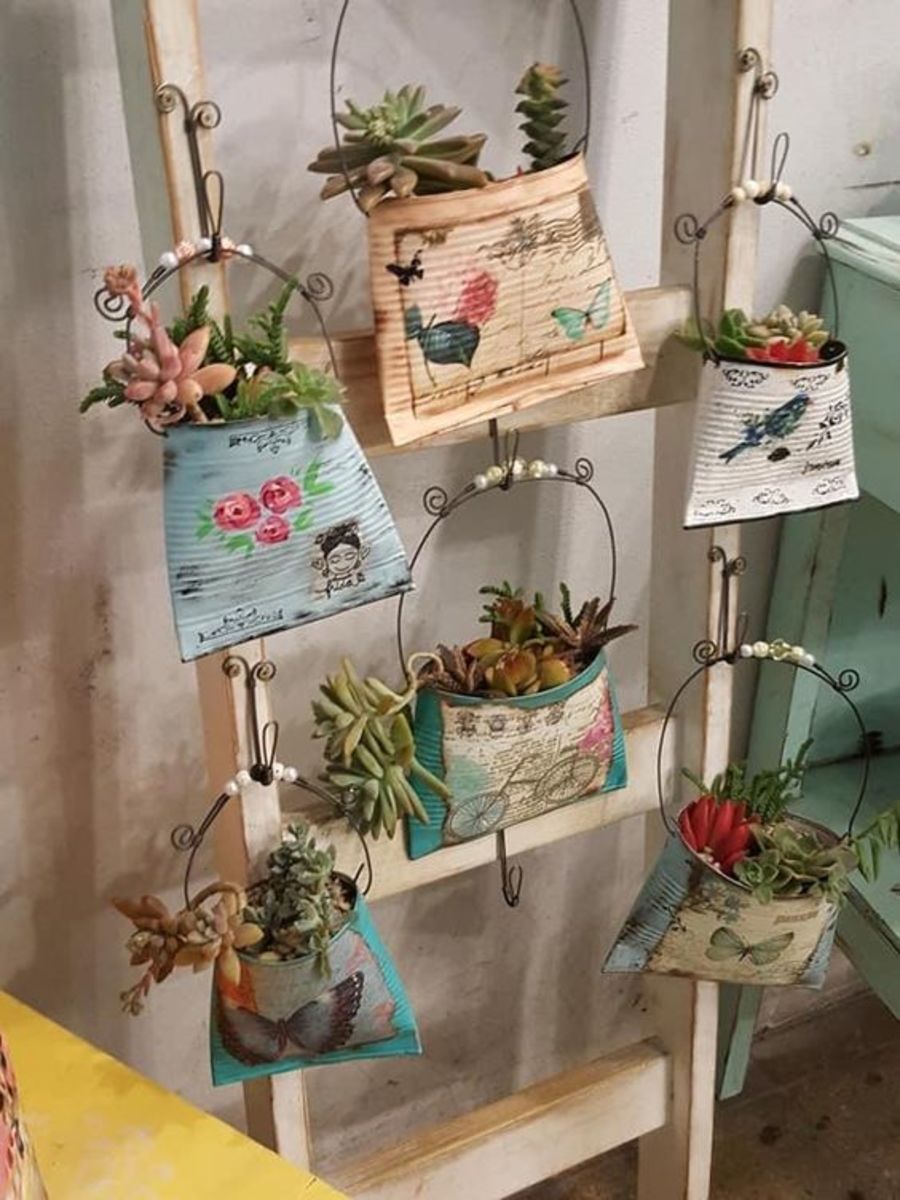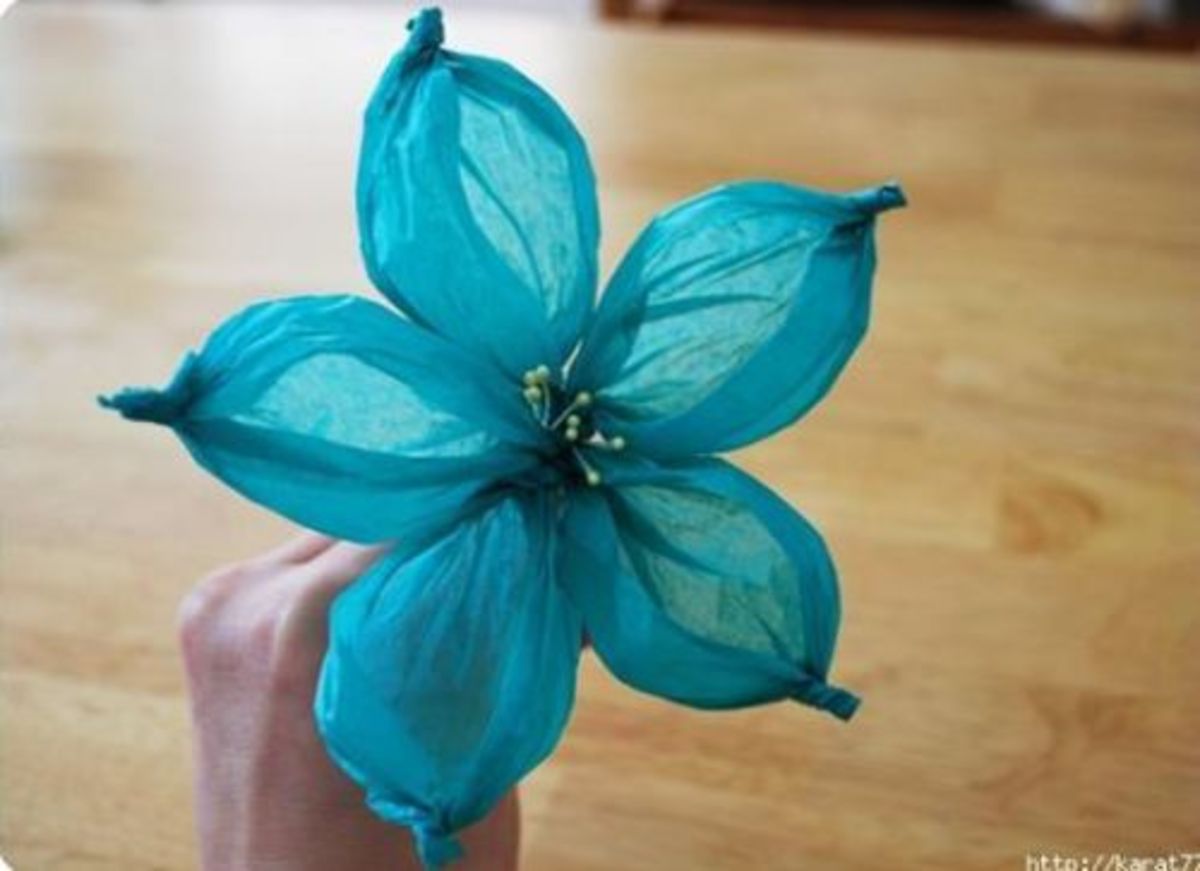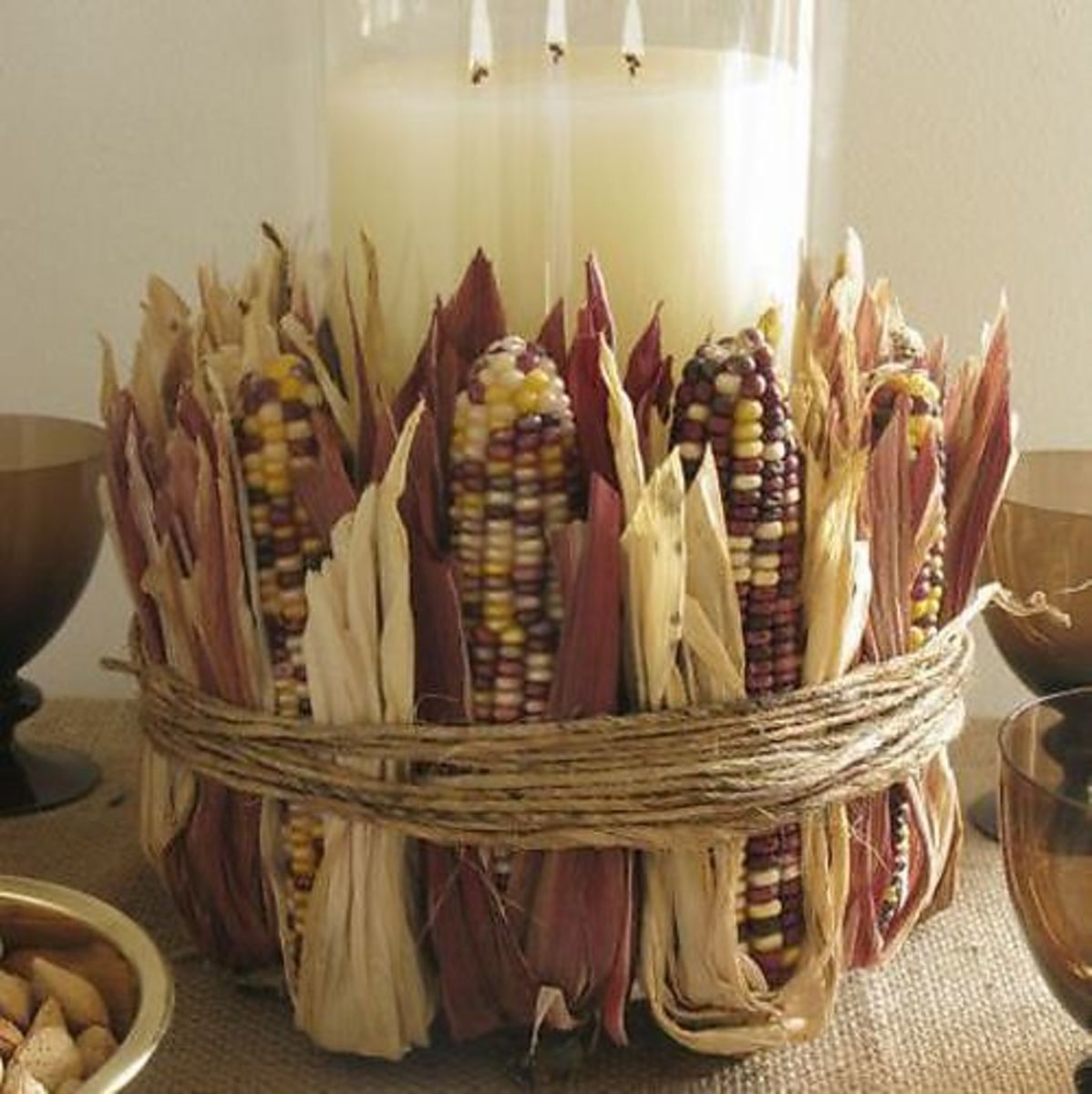Saguaro Cactus Candles
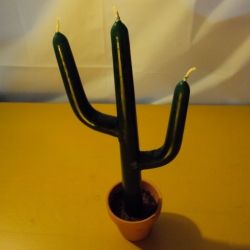
A Simple How-To Procedure
I have always loved cacti and Southwestern décor and have come up with a simple way to make candles shaped like Saguaro cacti. If you love cacti as much as I do and would like to try your hand at making a Saguaro cactus candle, I will walk you through my procedure step by step.
Don't worry if you have never made a candle before. As it turns out, neither have I, at least not from scratch. The methods I will be employing here make use of premade candles and other simple materials, with some minor assembly.
Saguaro candles are great if your house is decorated in a Southwestern theme. They also make the perfect gift for someone you know whose home décor is similarly themed.
All images on this page are by DIY Mary unless noted otherwise.
Do you like Saguaro cacti and cactus art?

The Saguaro Cactus
The Saguaro (pronounced "suwaro") is a large, tree-sized cactus that is native to the Sonoran Desert in Arizona, Northern Mexico and parts of California. This majestic cactus can grow up to 50 feet tall and can live up to 150-200 years. Saguaro cacti grow very slowly and over time, they often develop sidearms which generally curve upwards.
Saguaro cacti vary widely in shape, but most tend to have a main trunk with sidearms that are larger at the base than at the top. These giant cacti can sprout up to around 25 sidearms in a lifetime, and even the sidearms can grow ones of their own. Like many cacti, they are covered with prickly, protective spines. In the late spring, they bloom with white and yellow flowers, and in the summer, they produce edible red fruit.
A saguaro cactus in Scottsdale, Arizona.
Image credit: Wikimedia Commons
Make your own Saguaro cactus candles.
The steps below will walk you through the process of making a Saguaro cactus candle. With my simple techniques, you do not need any prior experience with candle making. All the necessary materials can be readily obtained online or at your local hobby supplies store, and most of the tools required are most likely ones you already have at home.
Step 1: Assemble starting materials and tools.
Materials (see photo below):
- Three green candles, tapered (length: 10-12")
- One small terra cotta pot (height: 2.5")
- Two 1-1.5" tall votive candles (diameter: 1.5")
- One green crayon
- One brown crayon
Tools (see photo below):
- Kitchen knife
- Matches
- Razor blade
- Food thermometer (range: 0-220F)
- Large candle (for use as a heat source)
- Tweezers
- Large Styrofoam cup
- Phillips head screwdriver
Step 1 Photos
Click thumbnail to view full-size

Step 2: Prepare the terro cotta pot.
- Trim the bottom edges of one of the votive candles using a razor blade (see photo below) so that it sits securely in the pot. The diameter of the votive candles (1.5") may be slightly larger than the inner diameter of the base of the terra cotta pot (about 1.3-1.4"), depending on the exact shape of the pot.
- Remove the wick and flatten the top of the bottom votive candle by scraping with a razor blade (see photo below).
- Place the trimmed votive candle in the terra cotta pot and stack the second votive candle on top (see photo below).
- Light the top votive candle and let it keep burning until the wax becomes molten and fills the pot.
- Once the top candle has completely melted, remove the metal base of the wick with tweezers (see photo below).
Step 2 Photos
Click thumbnail to view full-size



Green Tapered Candles
Step 3: Prepare the sidearms.
- Cut around 1/3-1/2 off the tops of two green candles. Use a sharp kitchen knife dipped in boiling water and bear down firmly enough to cut the wick. (The heat from the knife will melt the wax as you make your cuts, which greatly speeds up the process.)
- Fill a large Styrofoam cup about halfway with hot tap water. Run the water under the faucet until it is hot enough to soften the candle, but not so hot that it melts the wax. Use a food thermometer to make sure the temperature does not go above 130F.
- Form the elbows in each sidearm as follows. Immerse each candle in hot water. Let candle soak for several minutes and remove from water. Push candle with fingers firmly, but do not apply too much force or it will crack. As the wax softens, take the candle out of the water, bend it a few degrees, and put back in the water. Repeat this step until a right angle bend (90 degrees) about 2/3 down from the wick is achieved (see photo below).
- While forming the sidearms, continually monitor the temperature of the water so that it is between around 105-125F (see photo below).
- Let the candles (sidearms) cool to room temperature undisturbed. (See below for a photo of the finished sidearms alongside the trunk.)
Step 3 Photos
Click thumbnail to view full-size


Step 4: Join the sidearms to the trunk.
- Using a Phillips head screwdriver and kitchen knife (both dipped in boiling water), dig a V-shaped hole or groove about 3/8 from the bottom of an uncut green tapered candle. On the opposite side of this candle, dig another hole about 5/8 from the bottom. Grooves should be fairly deep, but do not cut through the wick (see photo below).
- Using the heat from the flame of a candle, heat one of the grooves (see photo below) and the fat end of one of the sidearms enough to melt the wax at the surface. (Do not hold either candle in the flame for more than a few seconds.) Join the sidearm to the trunk while the wax is still molten on both candles by firmly pressing the sidearm into the trunk.
- If the grooves are not deep enough, remove some more wax and repeat the above step until the sidearm is securely affixed to the trunk.
- Melt a green crayon using the flame from a candle and drip the crayon wax along the joint between the sidearm and the trunk (see photo below).
- Repeat Parts B-D for the second sidearm.
- Let the assemblage (see photo below) cool undisturbed to room temperature.
Step 4 Photos
Click thumbnail to view full-size



Step 5: "Plant" the Saguaro cactus in the terra cotta pot.
- Using a Phillips head screwdriver and kitchen knife (both dipped in boiling water), dig a hole of about 0.75" diameter and 0.25-0.5" deep into the wax in the terra cotta pot (see photo below).
- Heat the bottom of the Saguaro cactus candle with the flame of a candle and press firmly into the hole (see photos below).
- Melt a brown crayon with the flame from a candle and apply to the wax in the terra cotta pot until it is completely covered with brown wax (see photo belows). Apply extra crayon wax around the joint between the terra cotta wax and the cactus.
- Let assemblage cool to room temperature undisturbed.
Step 5 Photos
Click thumbnail to view full-size




Et Voila!
